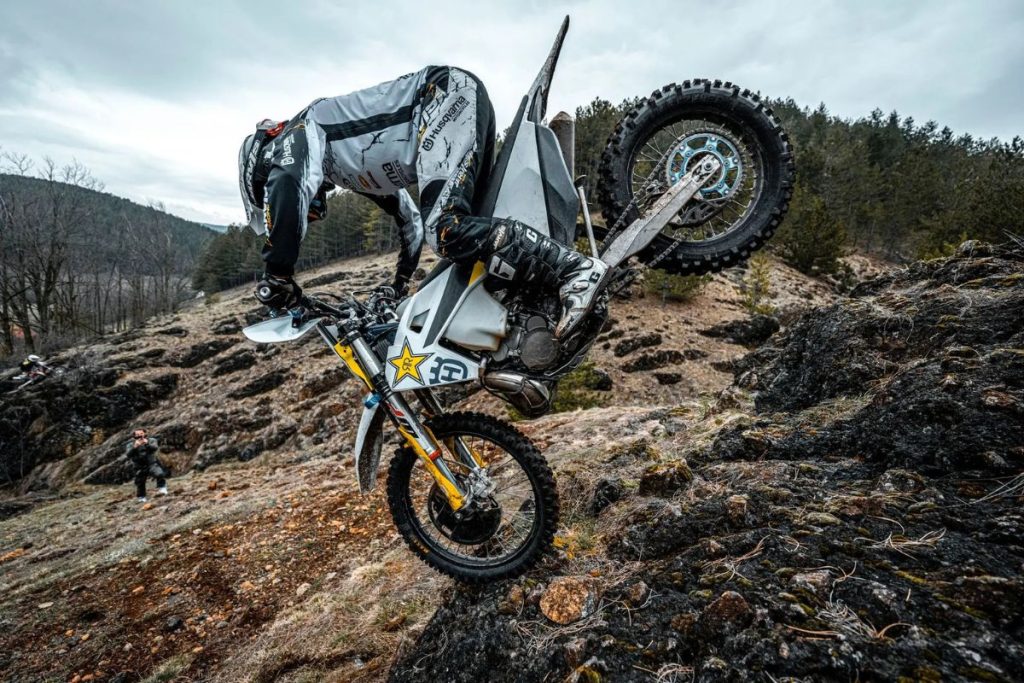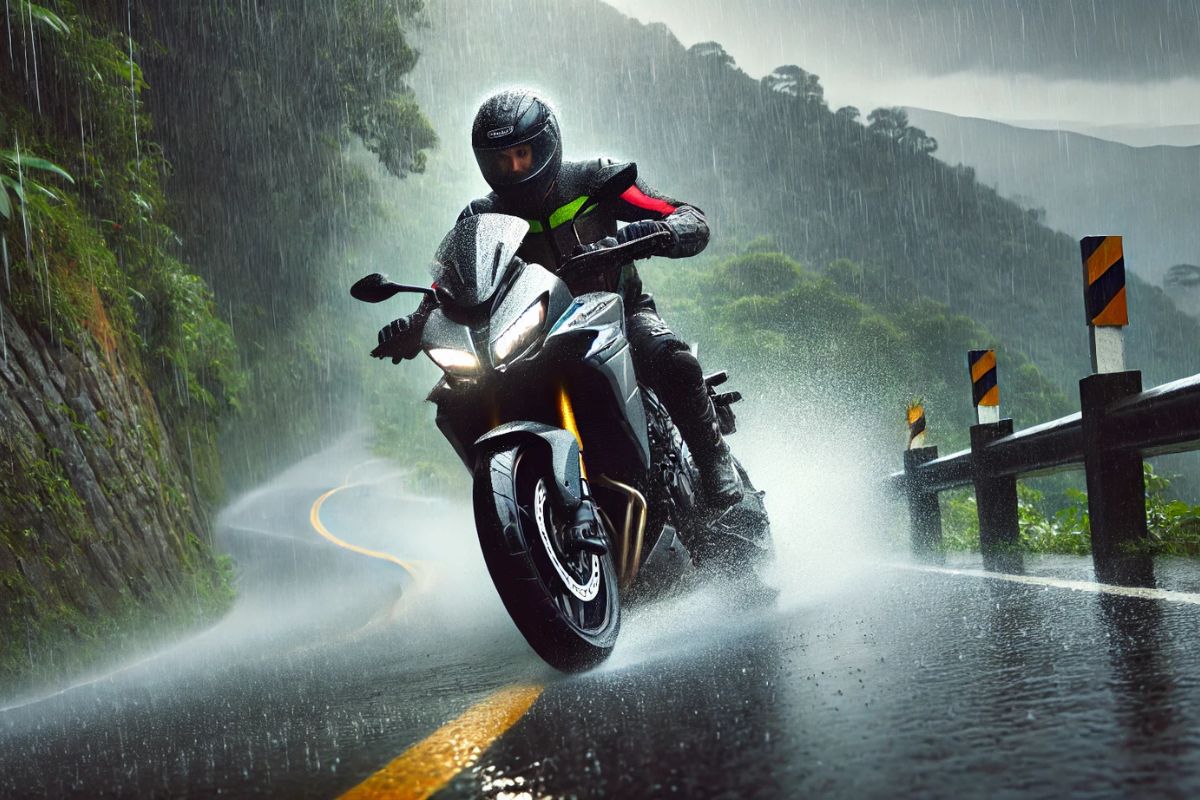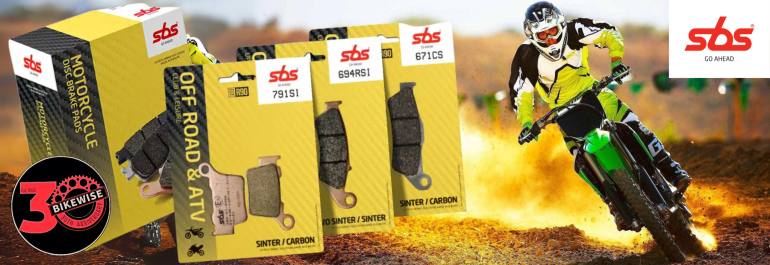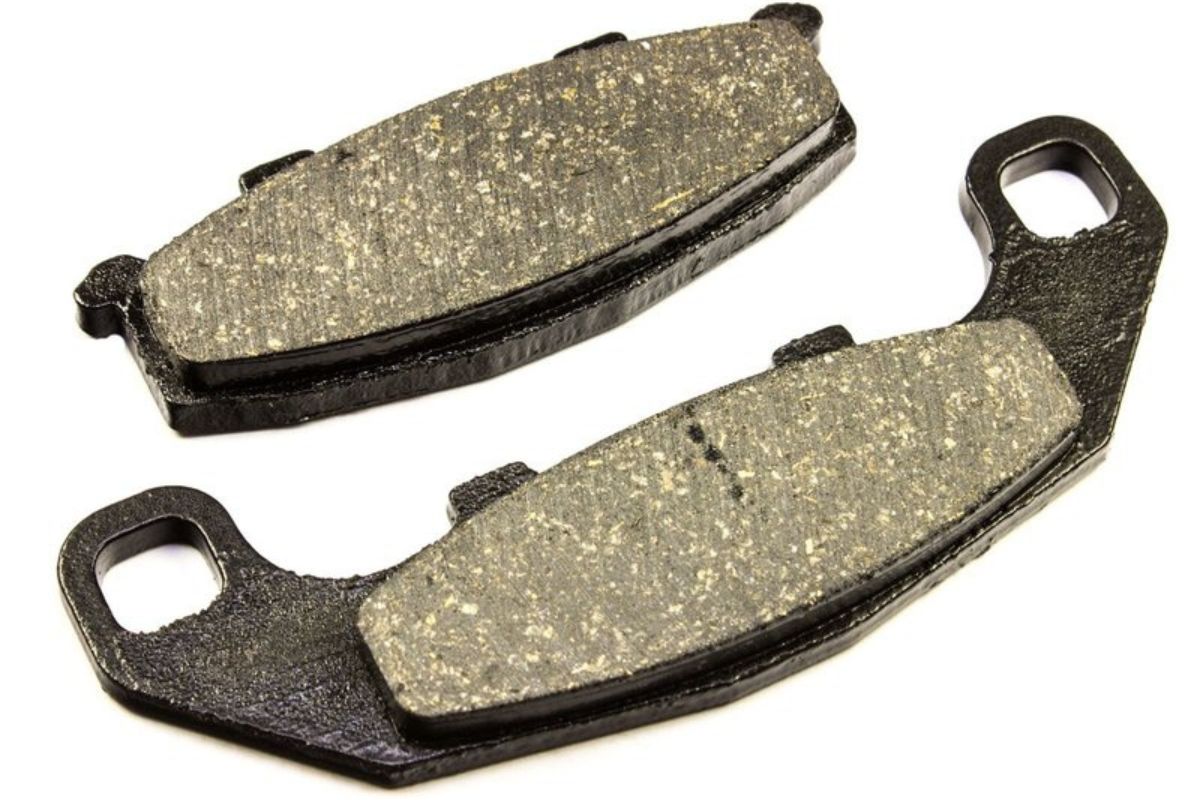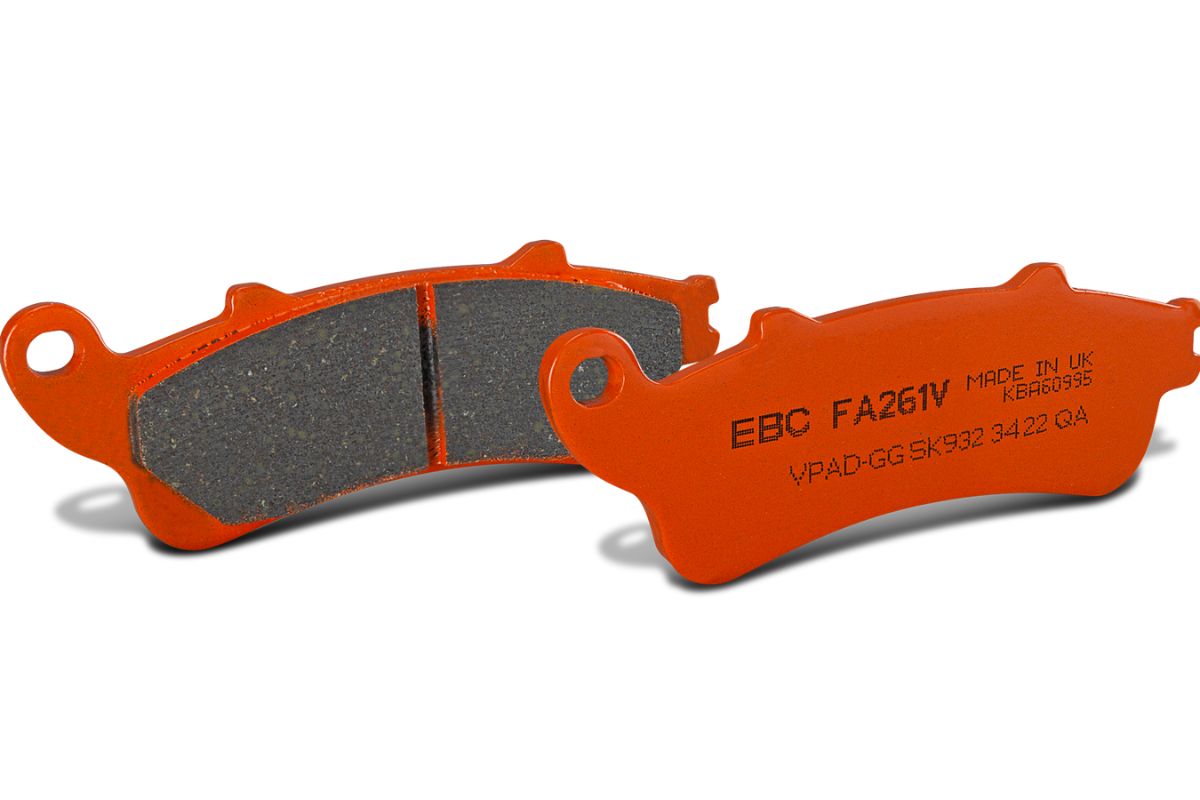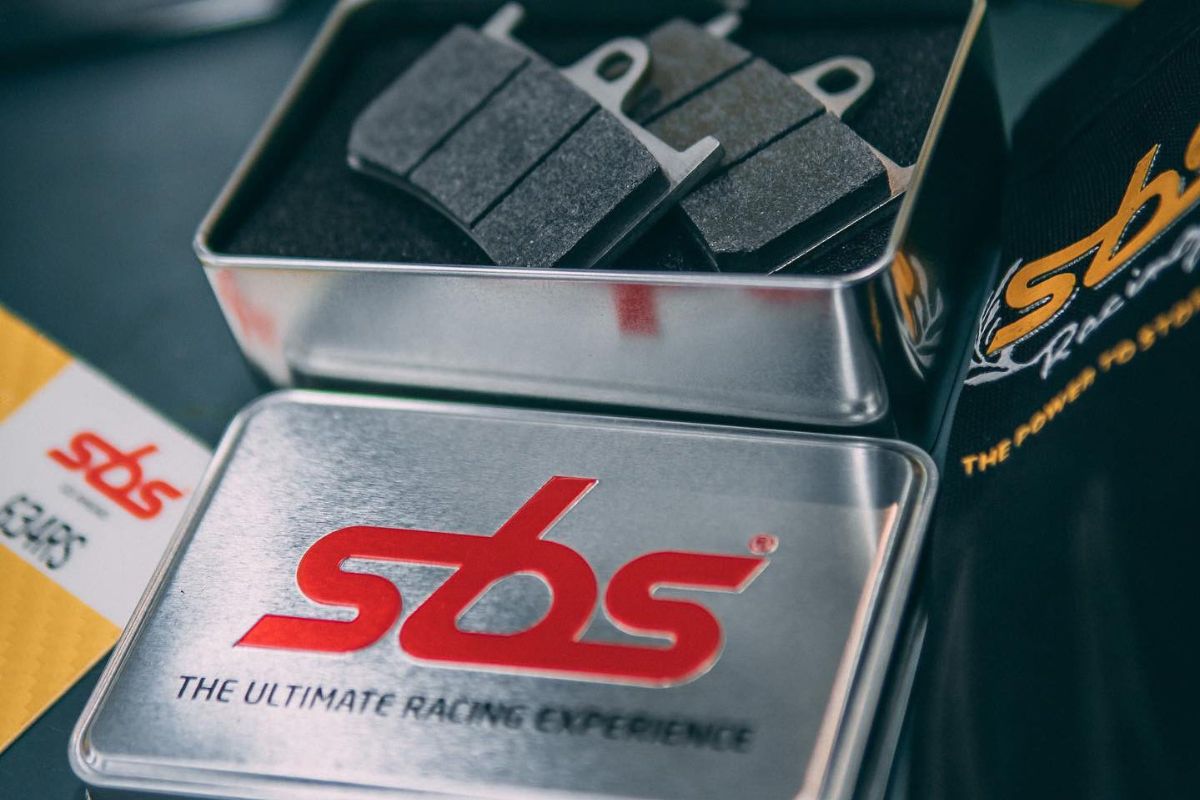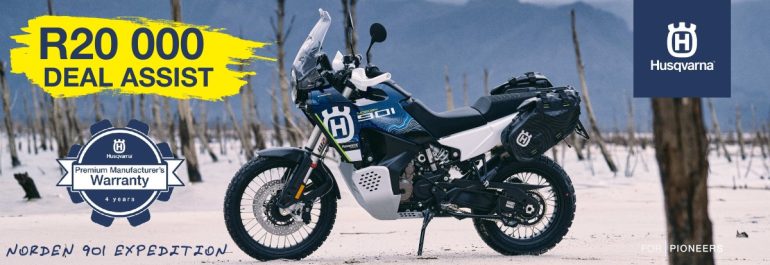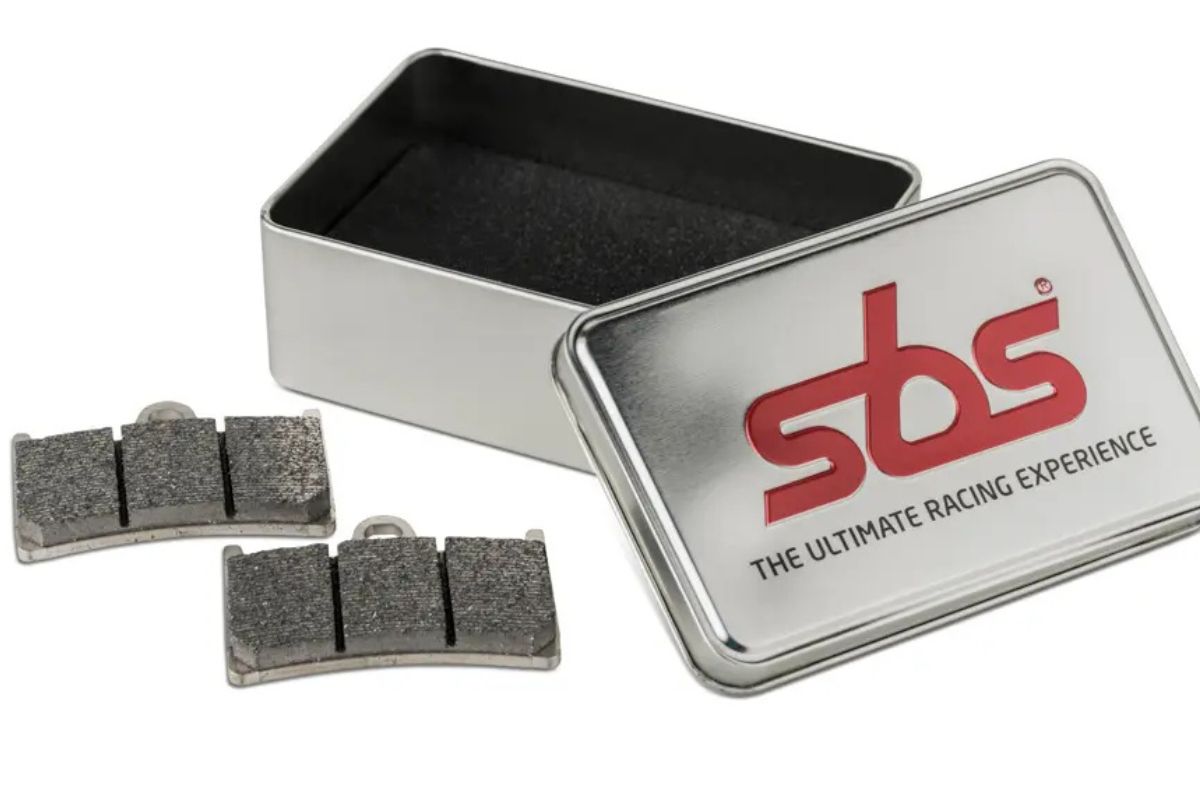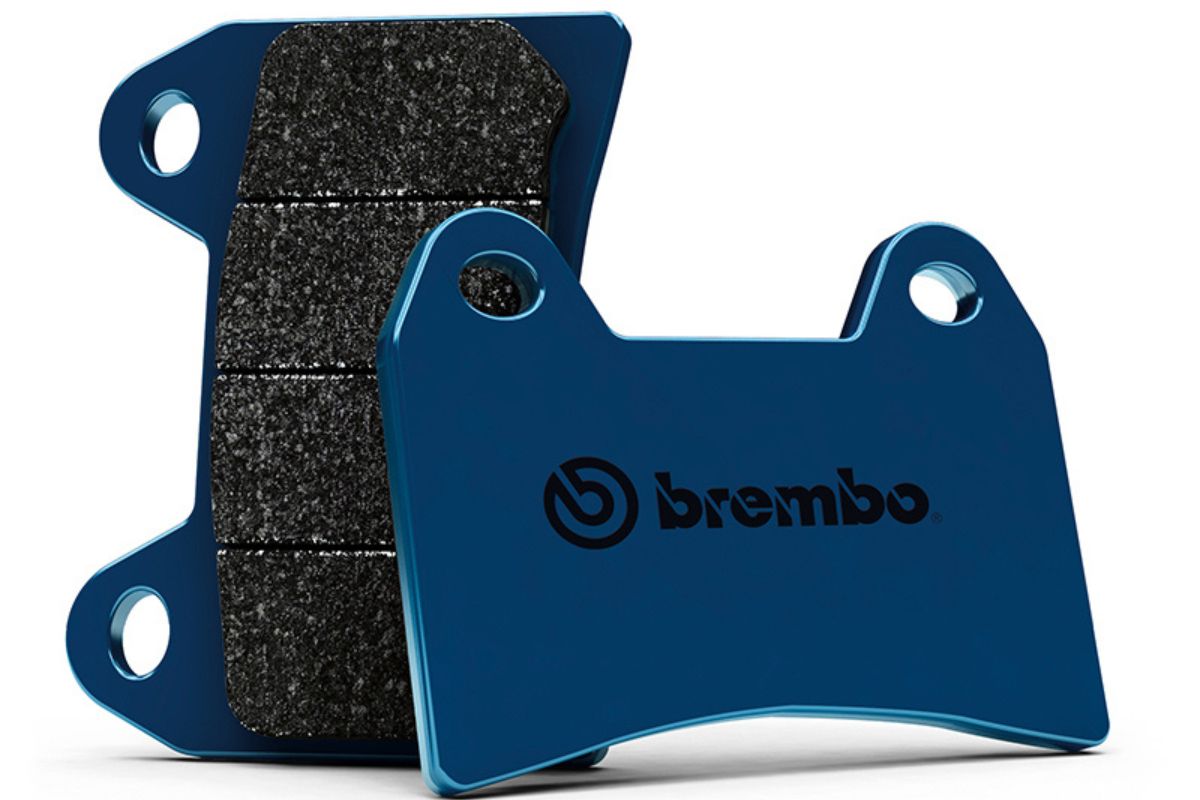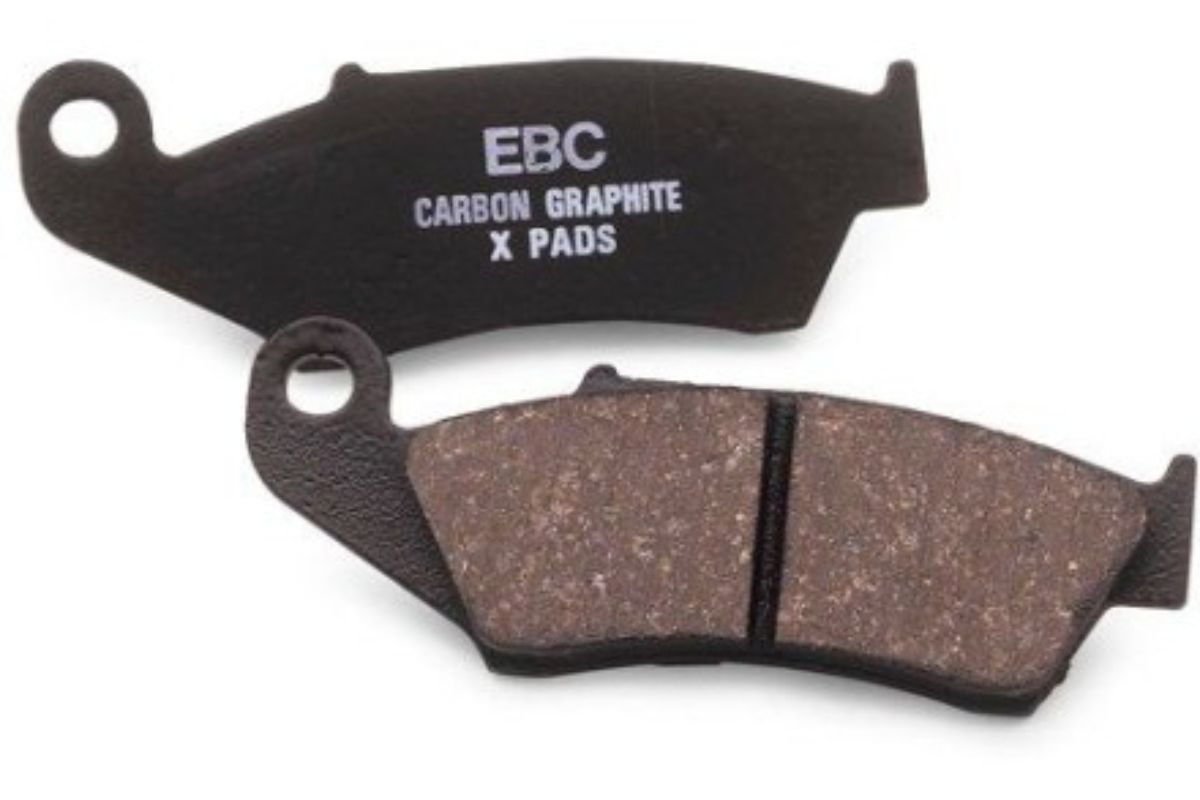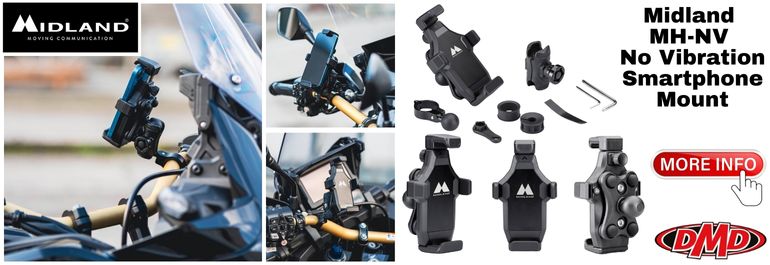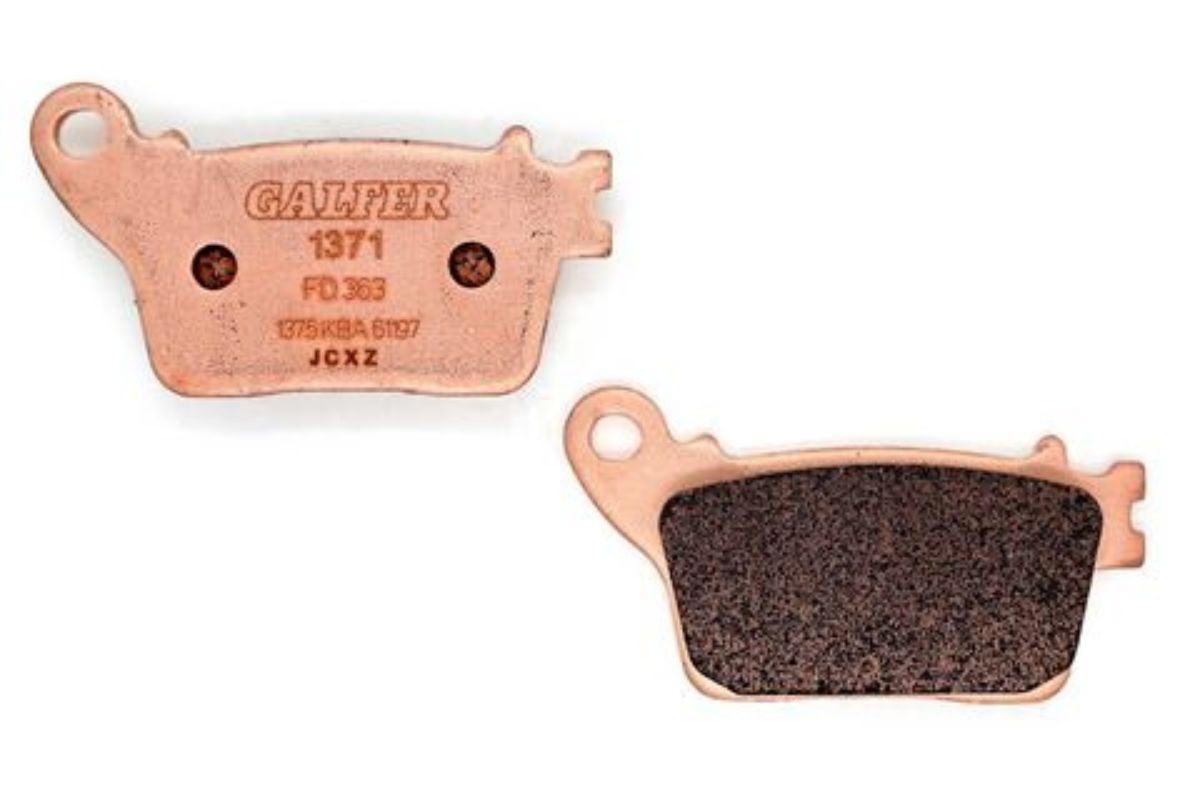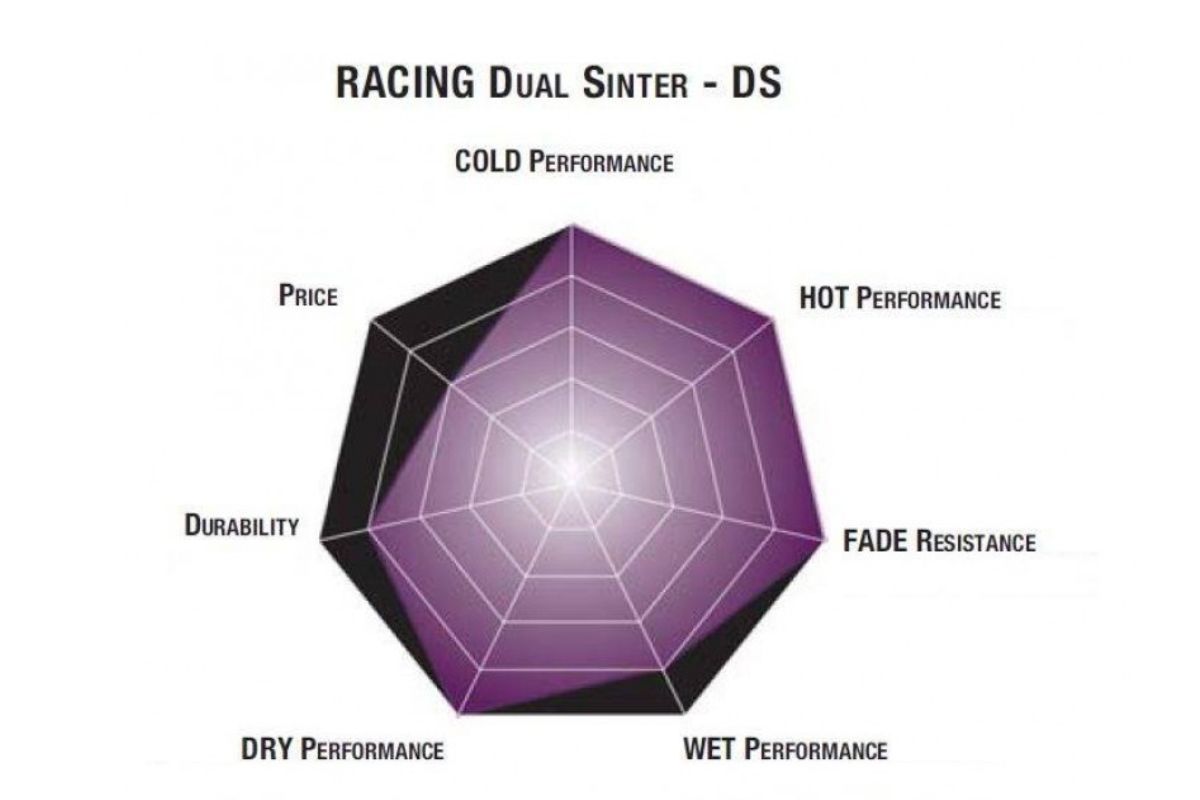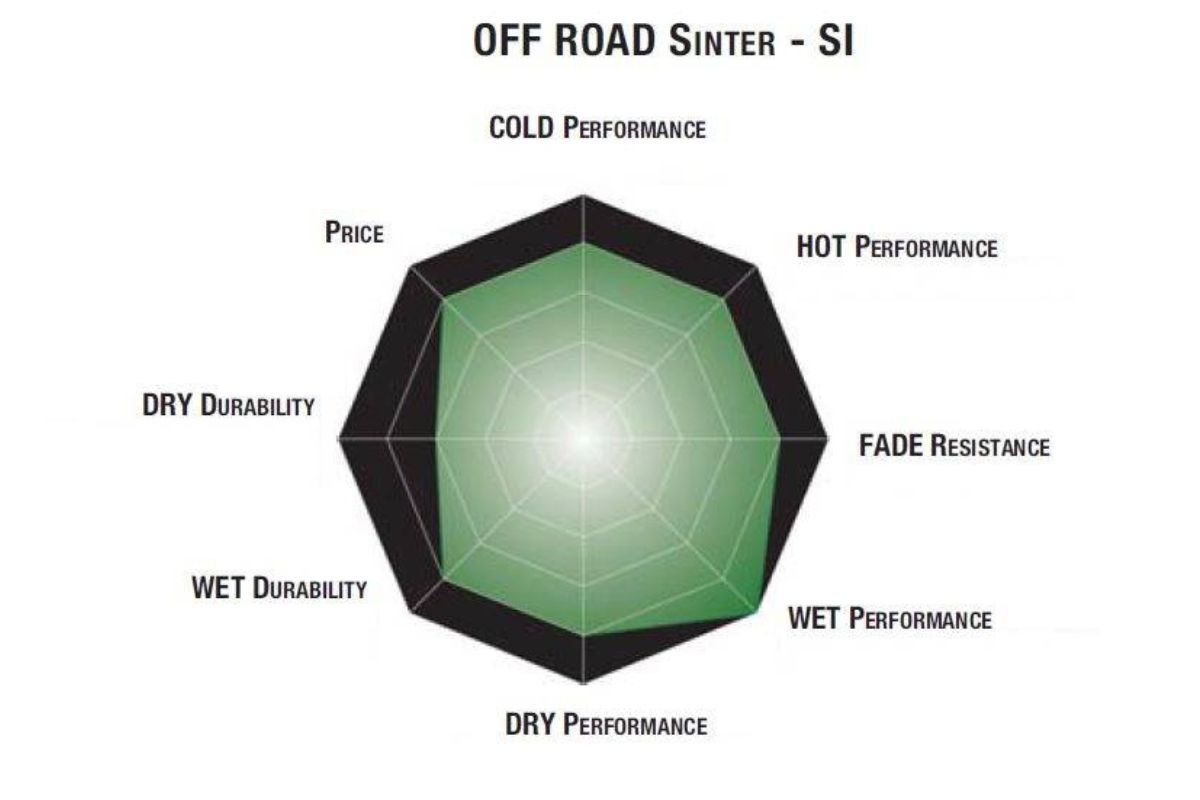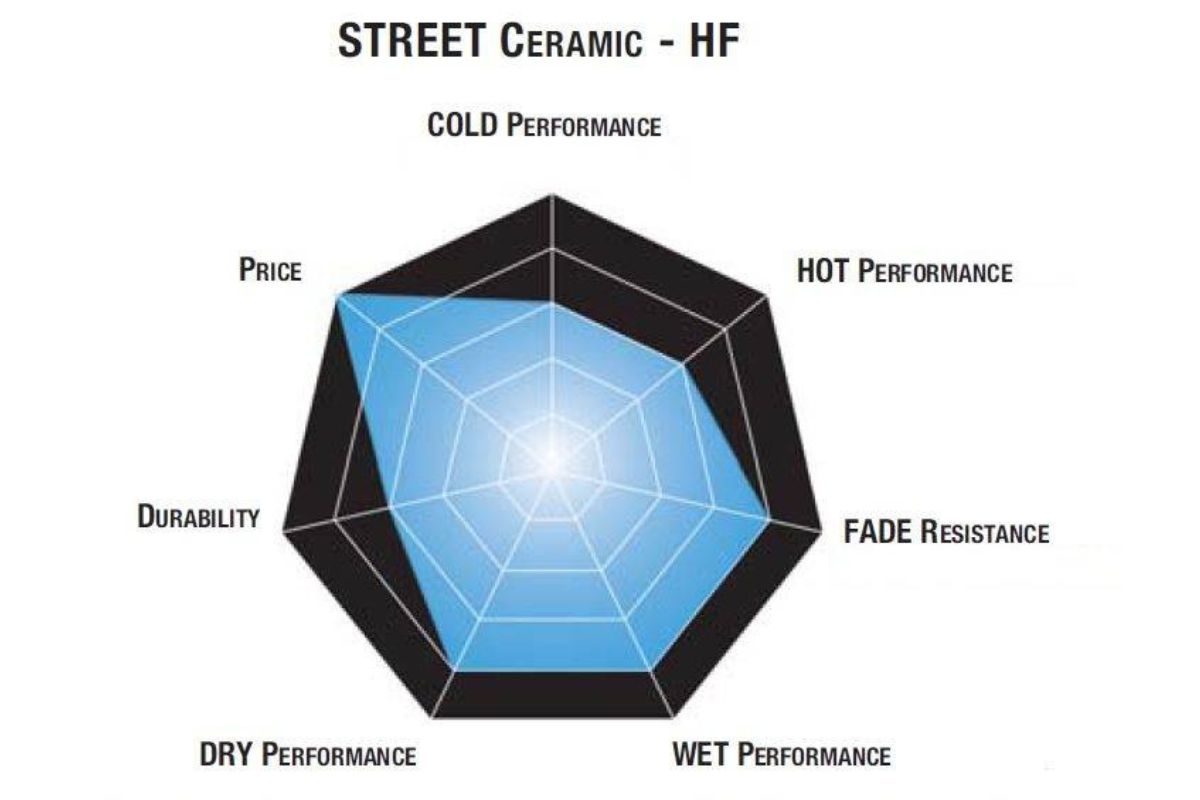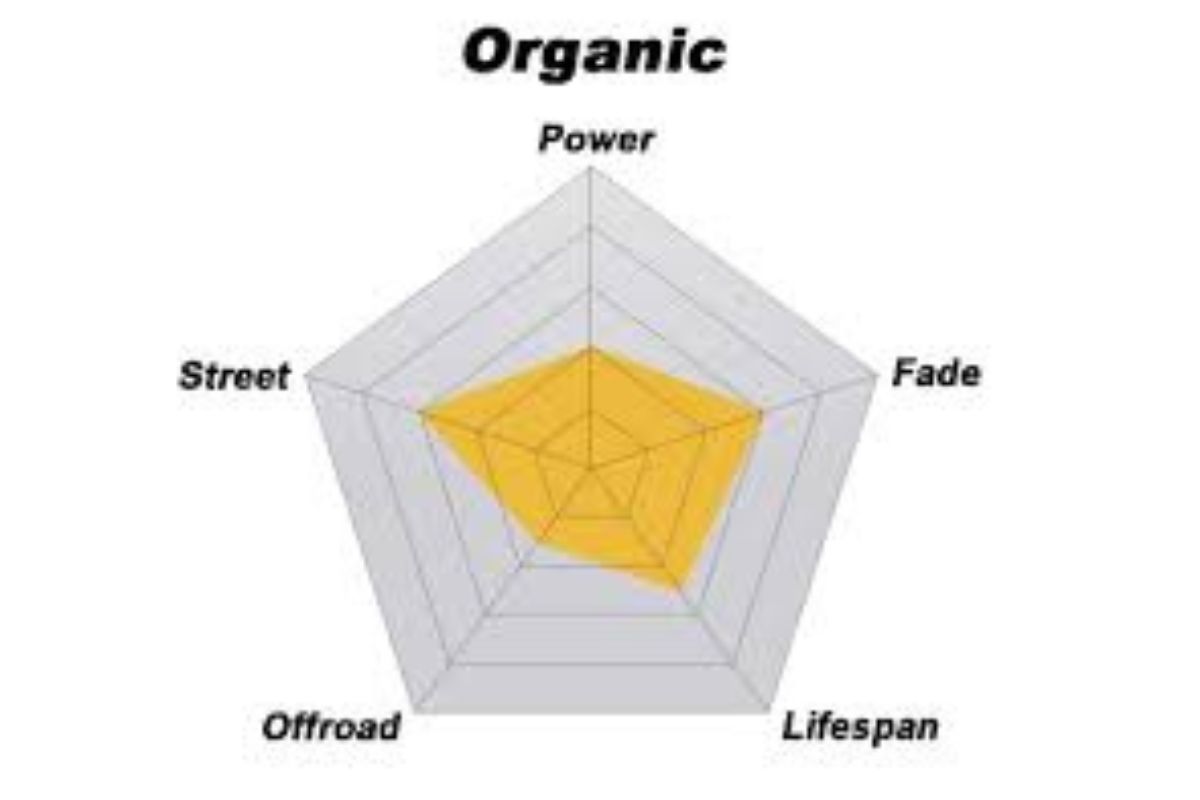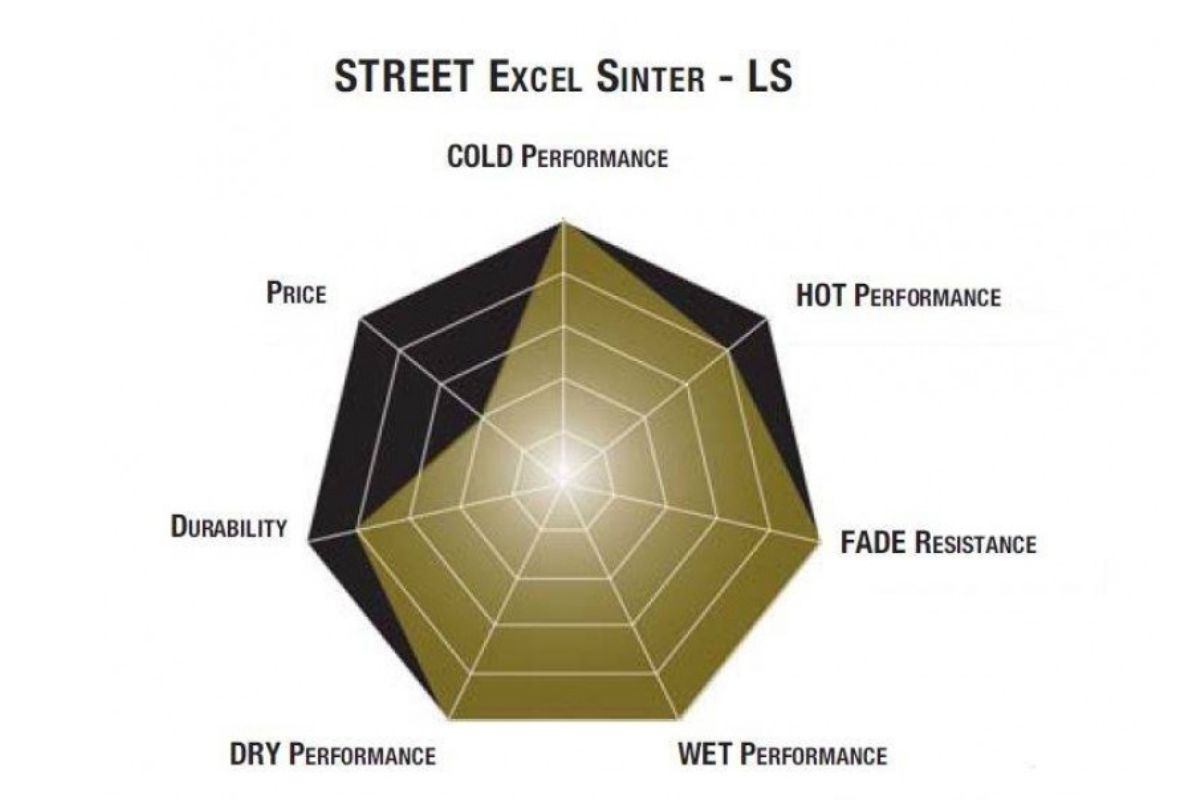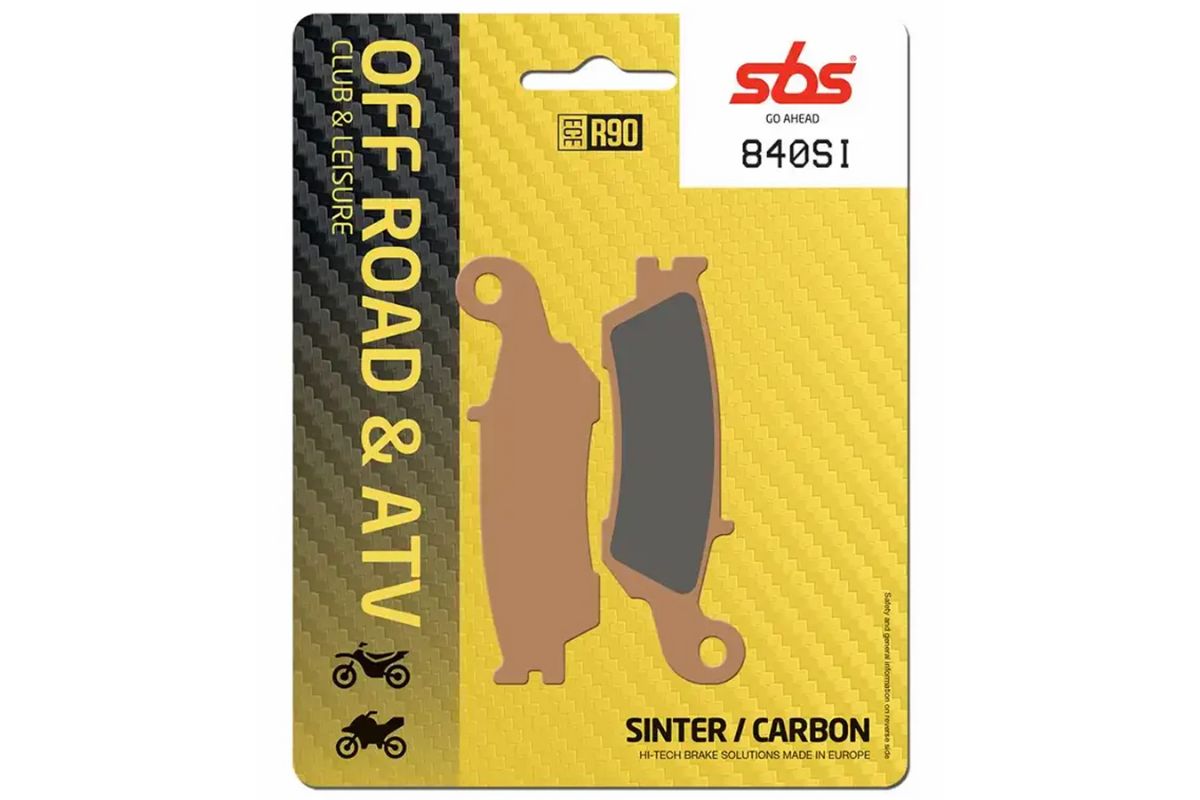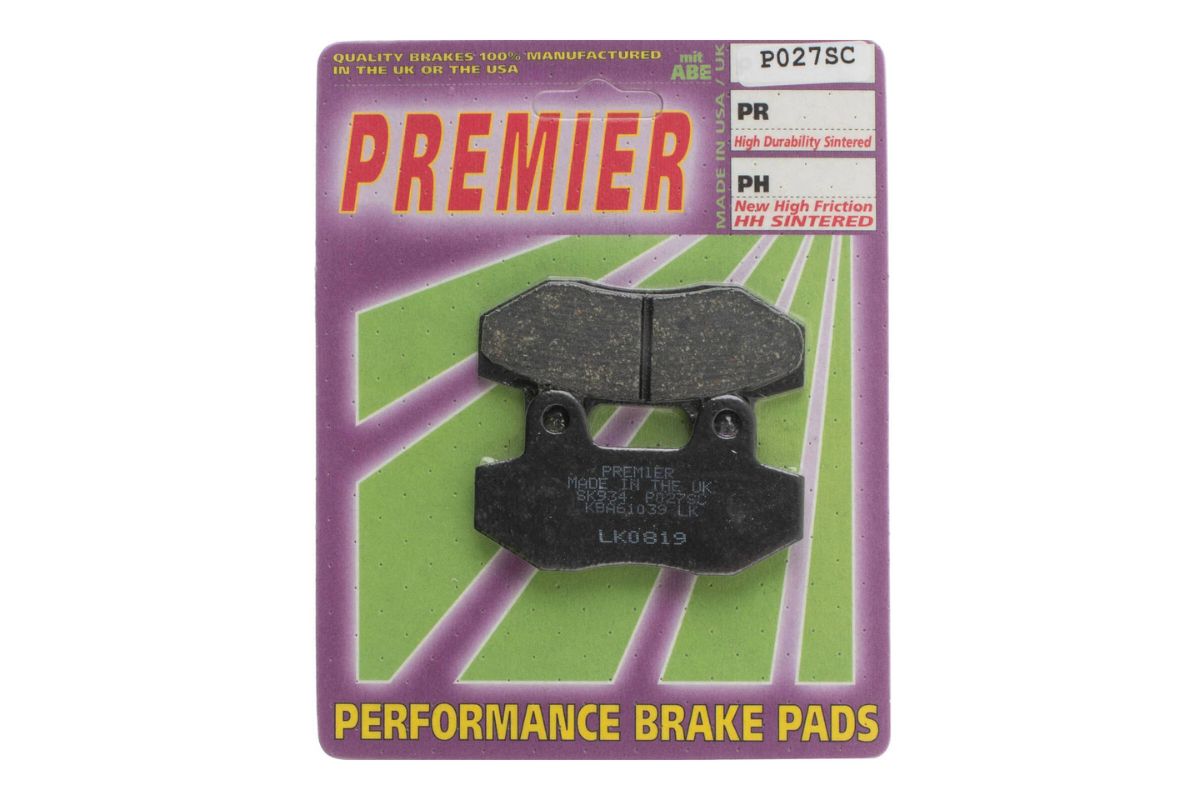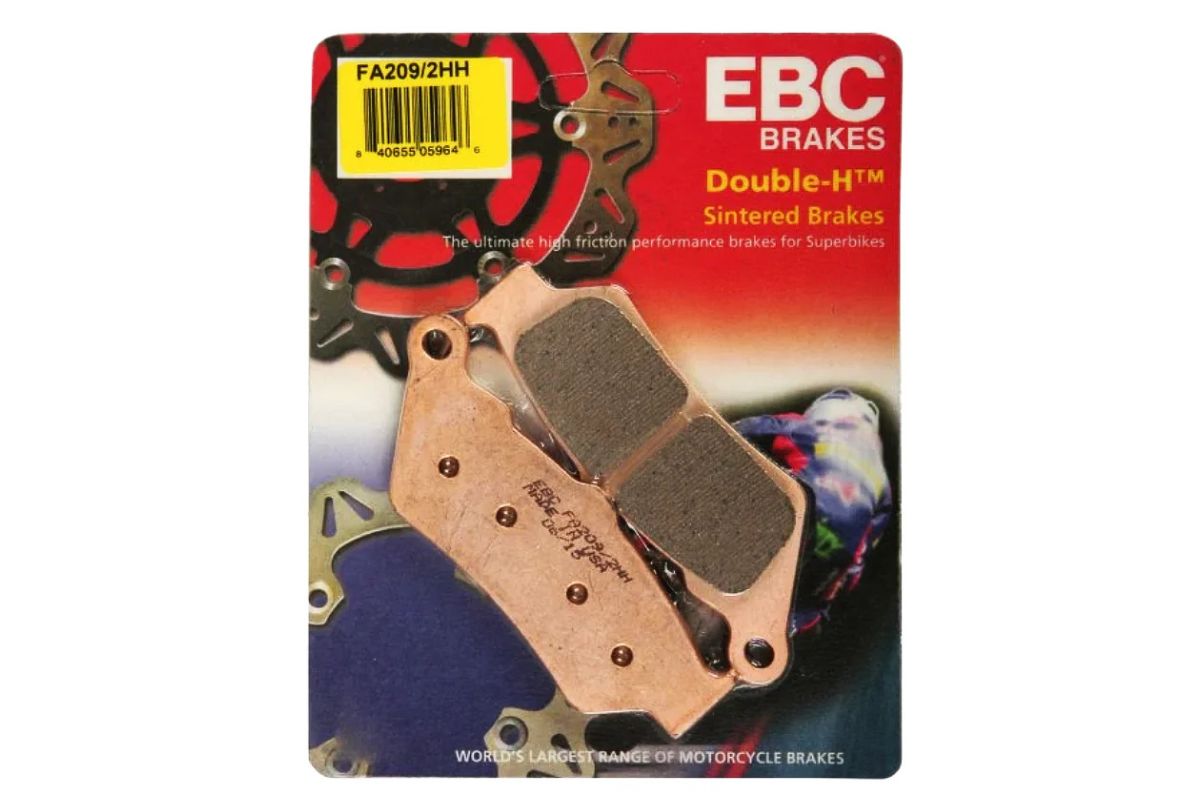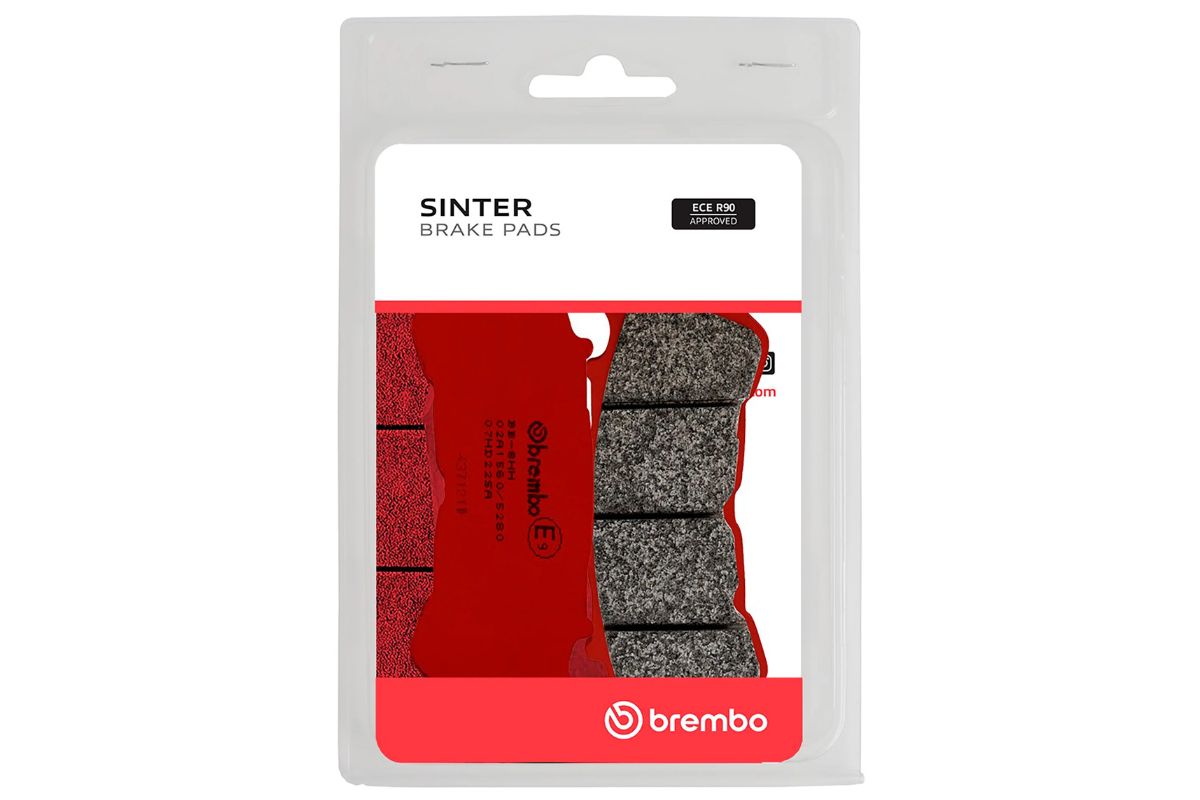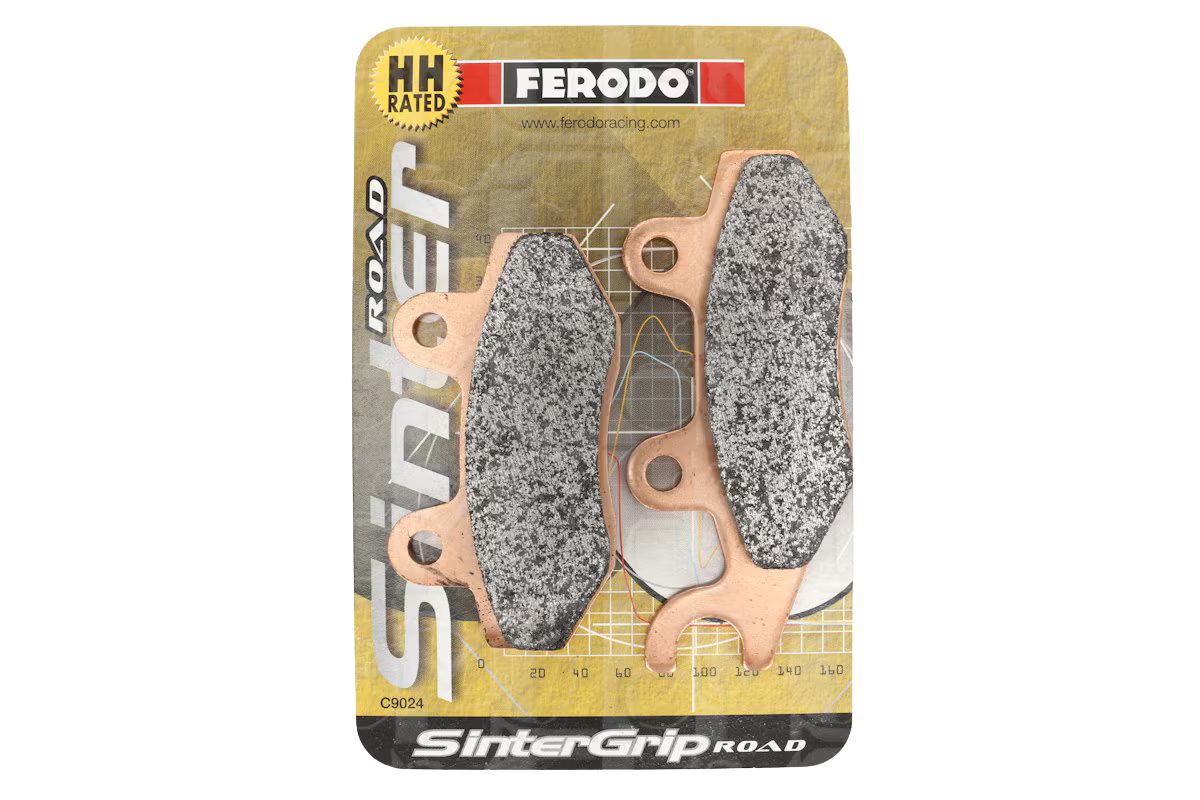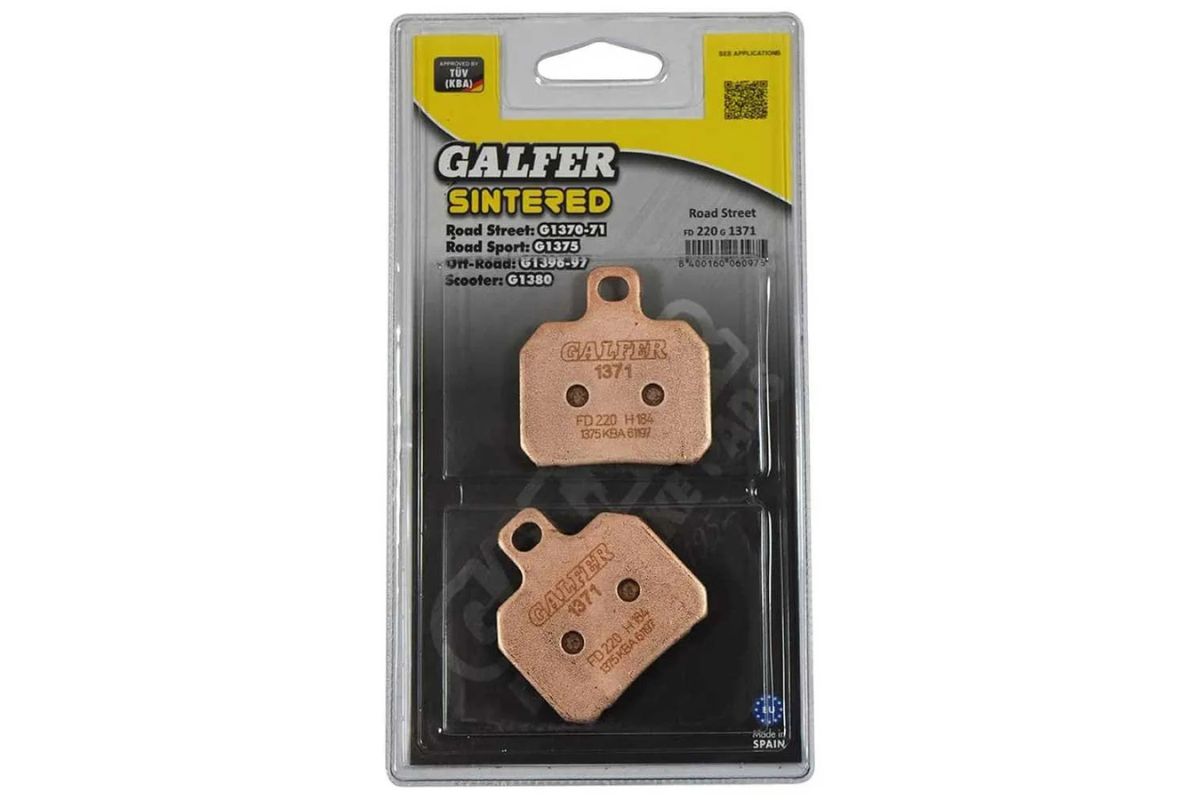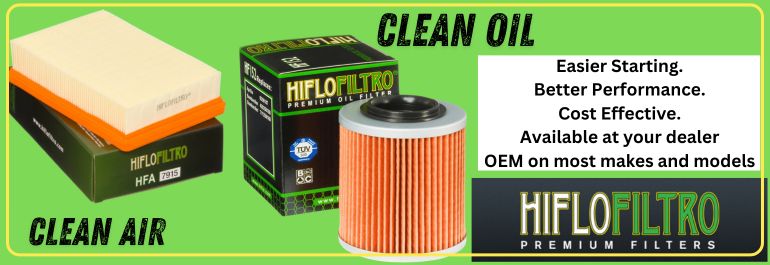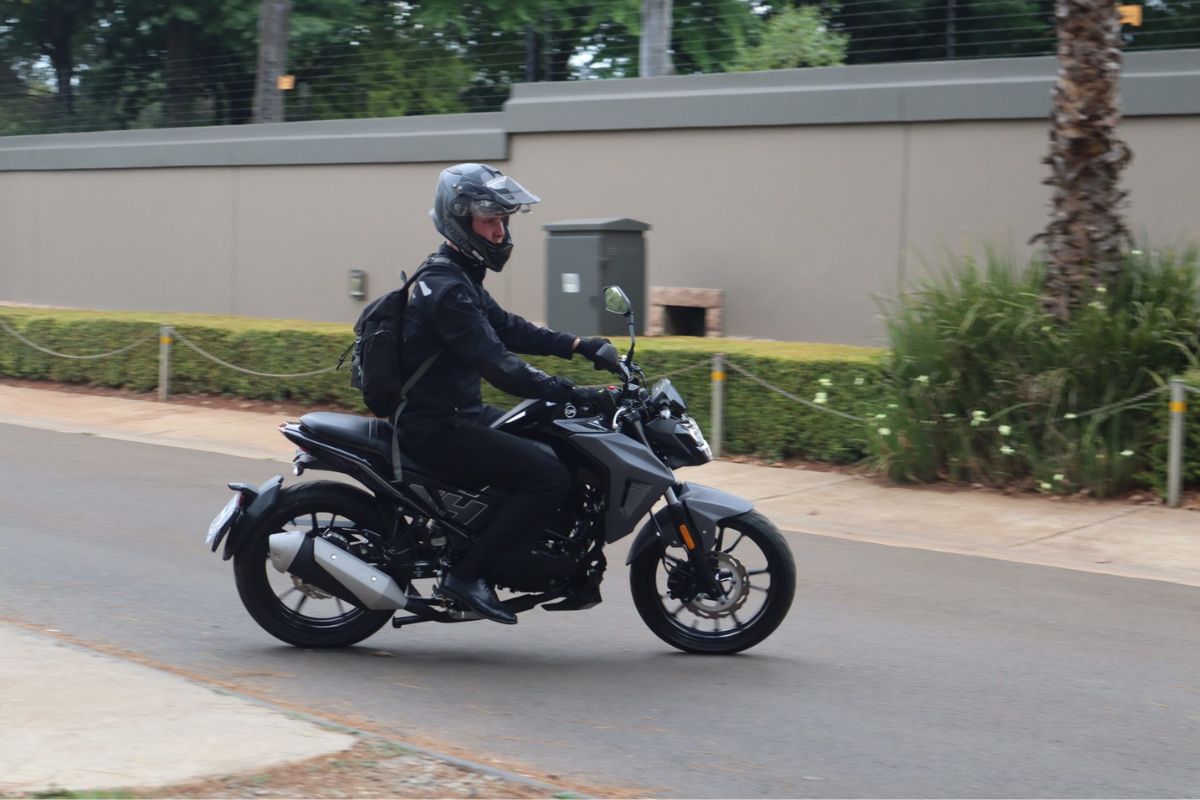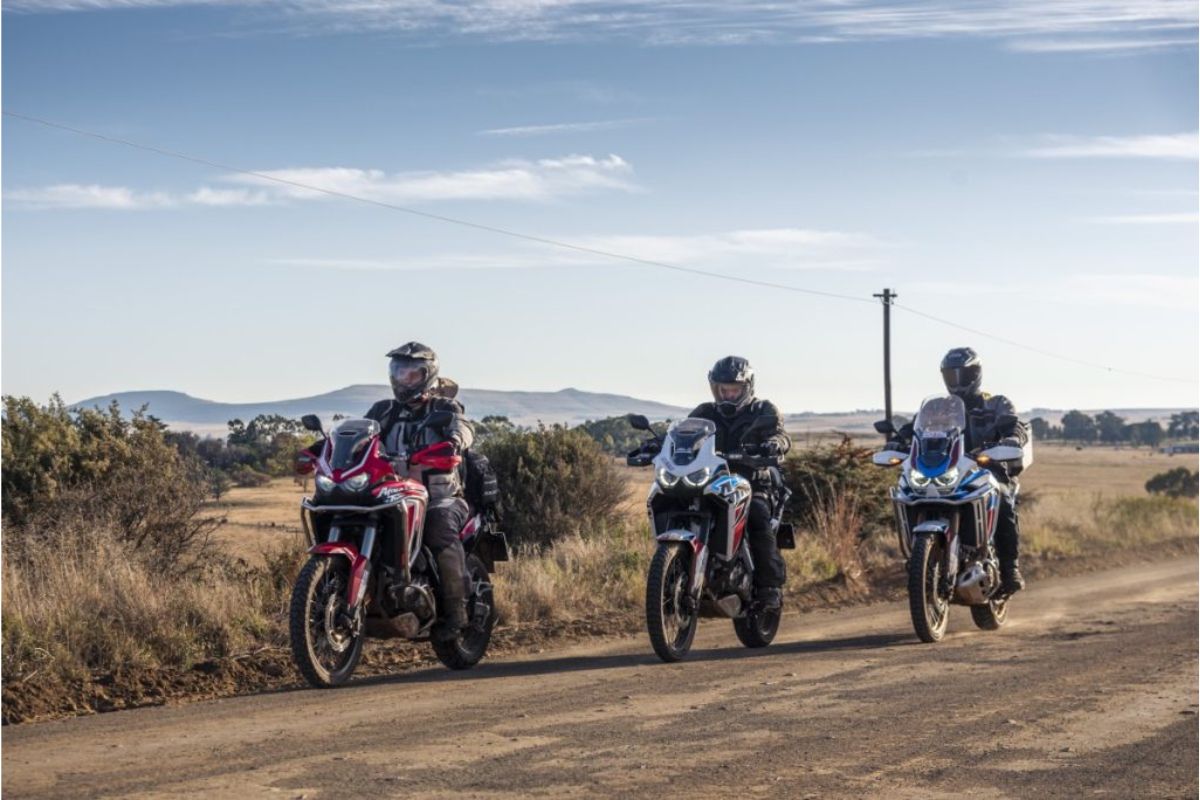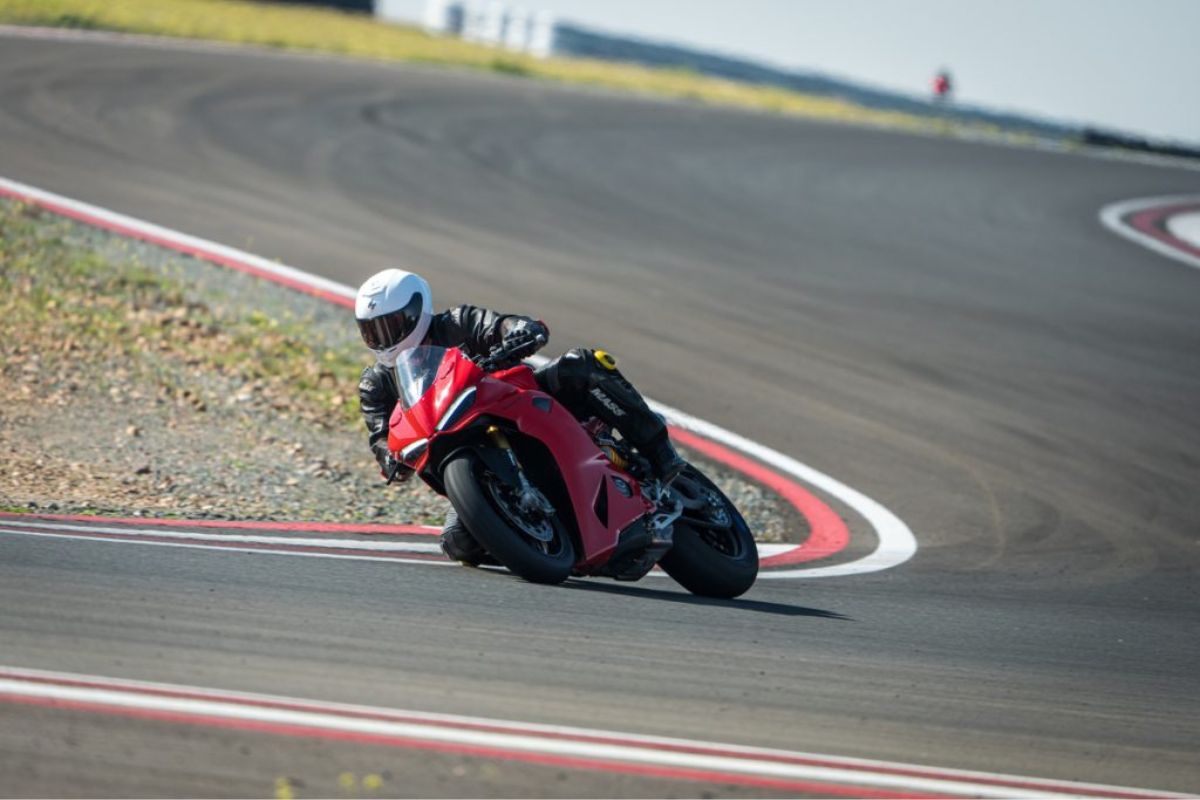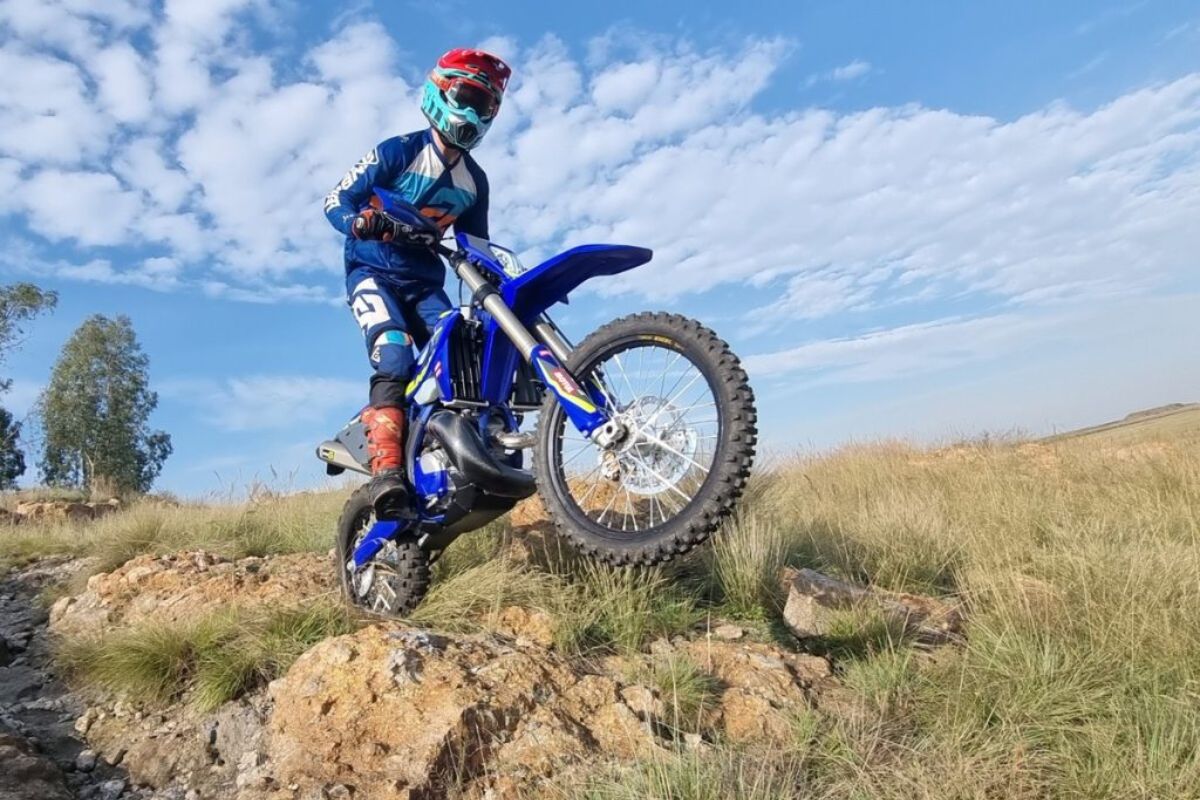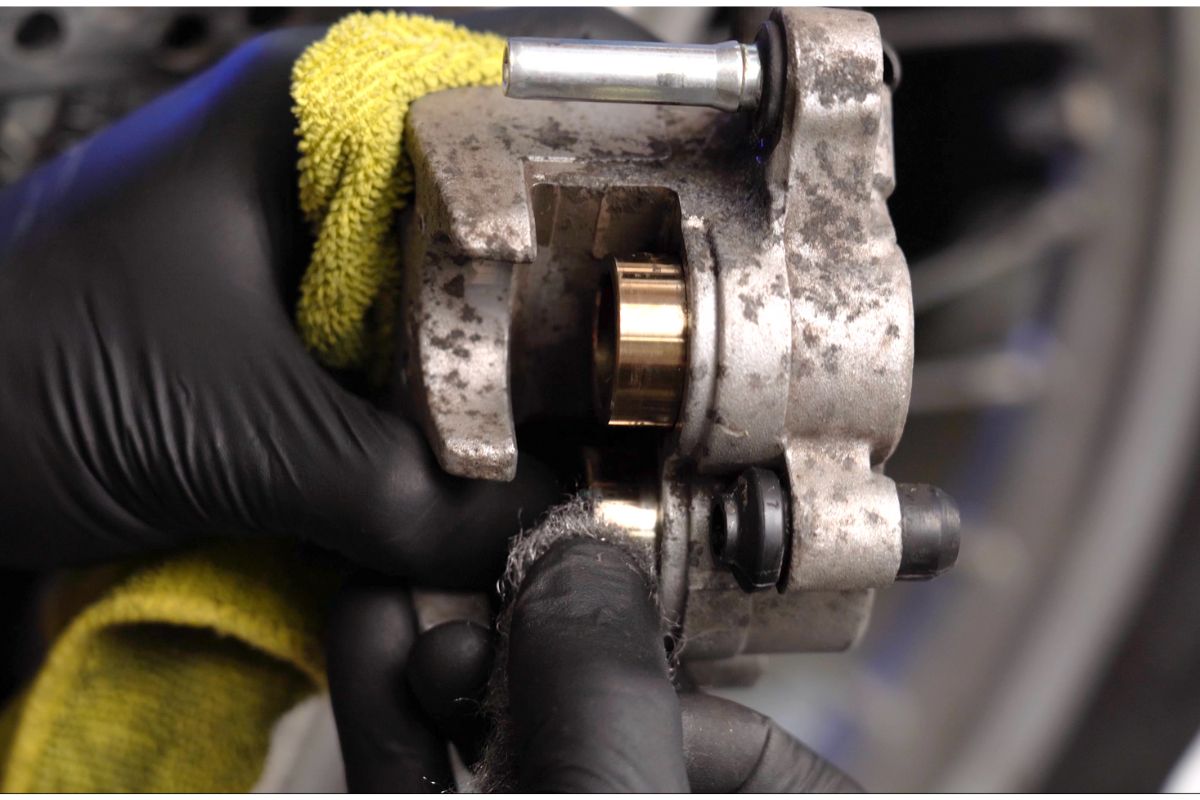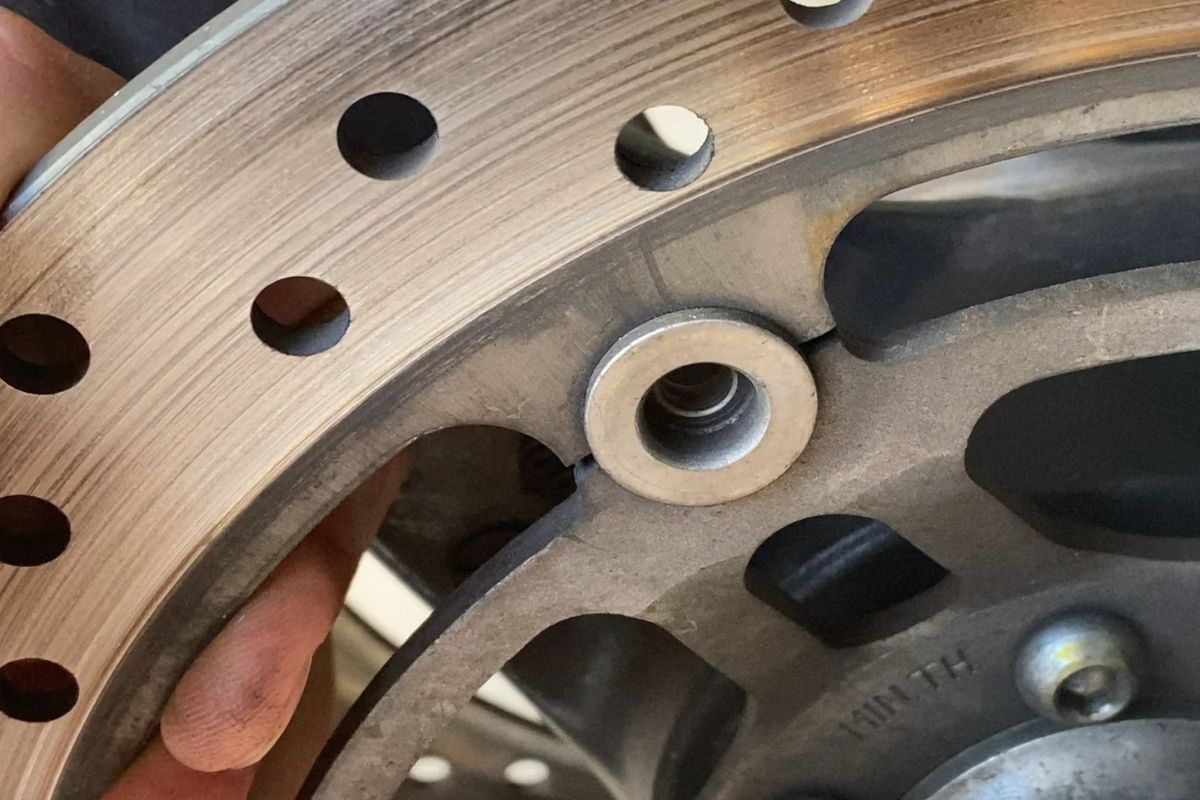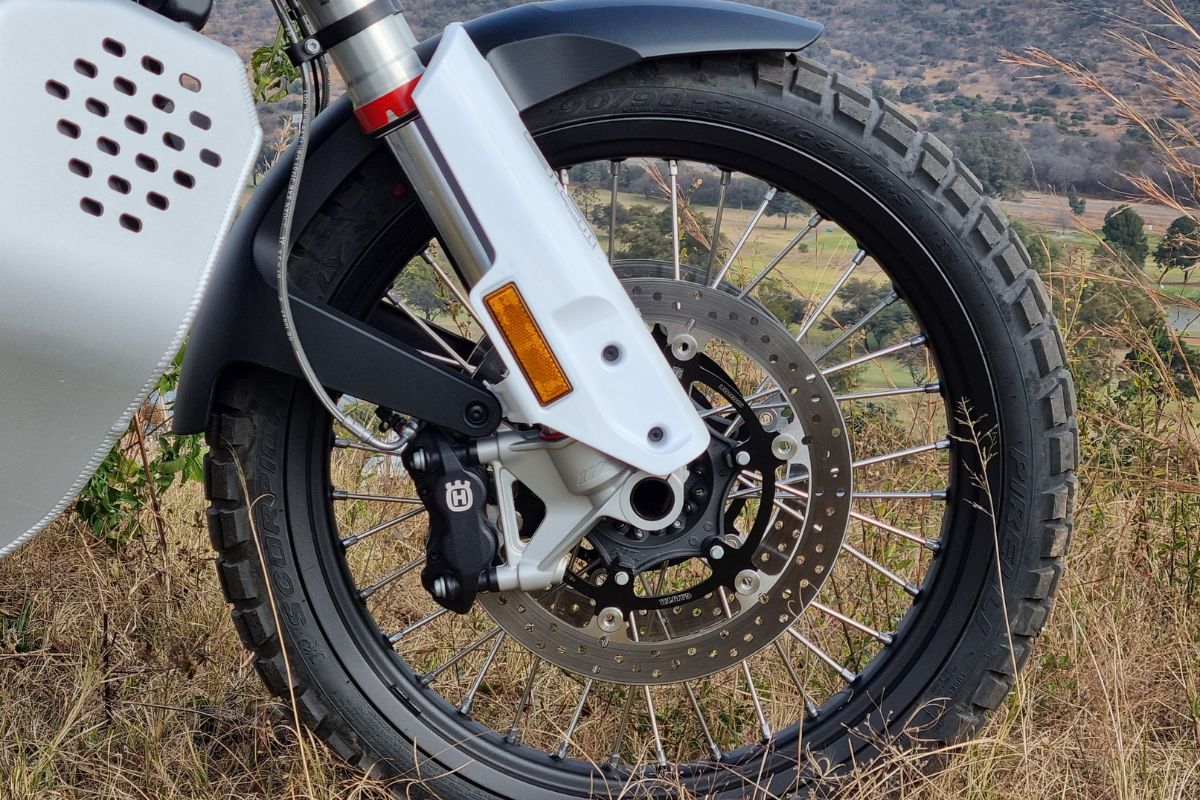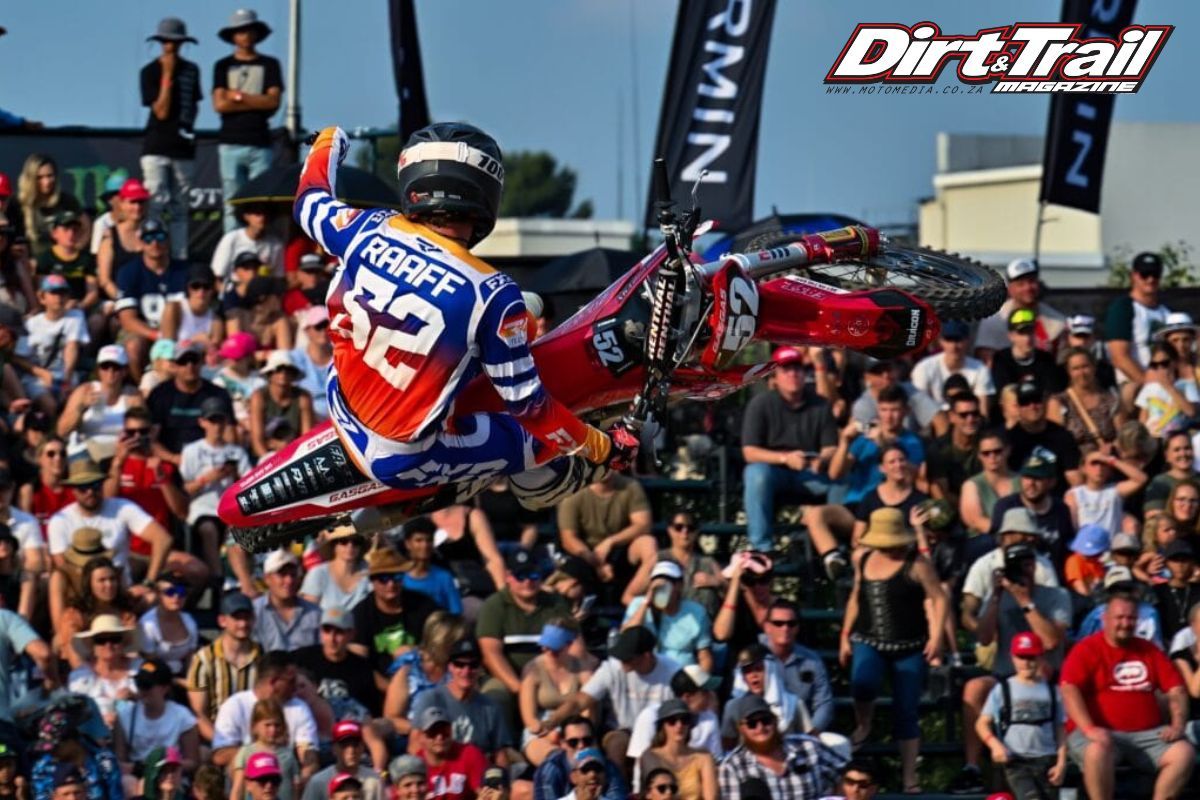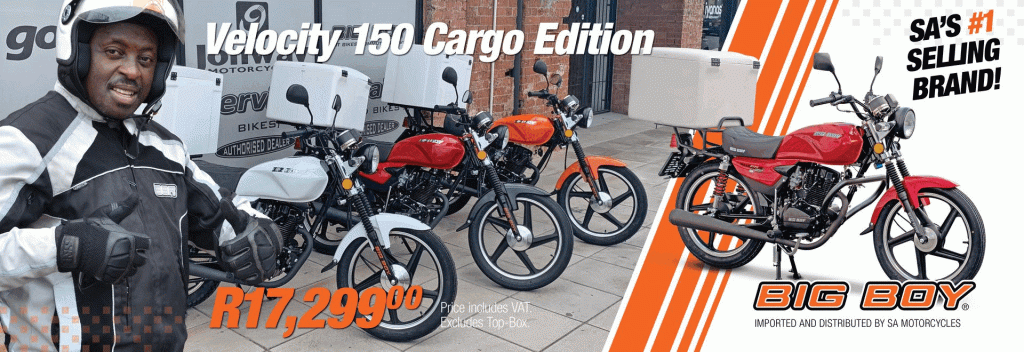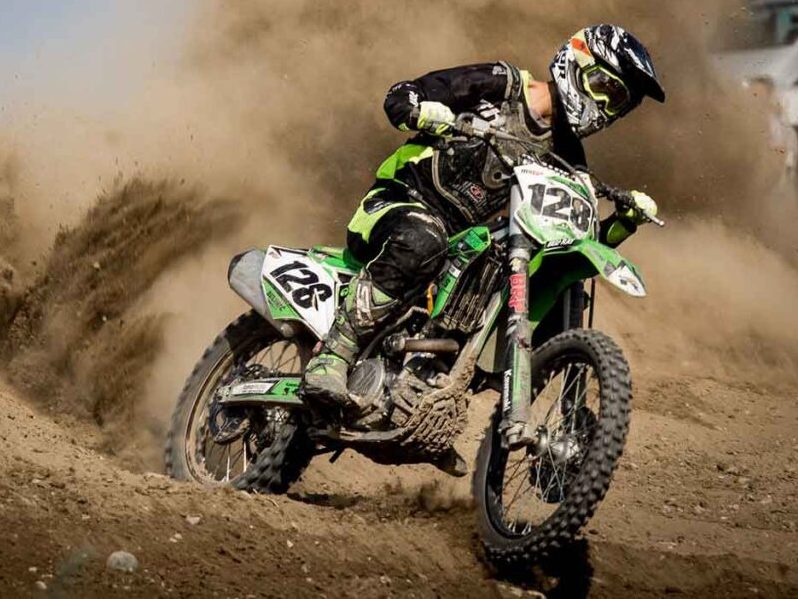Let’s be honest, power is great, but if you can’t stop, it’s a one-way ticket to trouble. Whether you’re smashing apexes at Red Star, blasting down a gravel pass in the Karoo, lane-splitting through Jozi traffic, or hauling on the brakes to hit the next turn in the mealie fields, your brakes matter. A lot.
What’s at the heart of your braking system? The humble brake pad.
Often overlooked, these little guys are the difference between “controlled stop” and “close call.” But here’s the kicker: Not all brake pads are created equal, and choosing the right one can seriously improve your riding experience, performance, and safety.
Let’s break down the types, pros and cons, and who’s making the good stuff.
From organic to carbon, ceramic to dual sintered, different brake pads are designes for different motorcycle application.
Here’s a simple guide to motorcycle brake pads.
What do Brake pads do?
Brake pads create the friction that slows your spinning wheels. Simple, right? But their material, design, and heat resistance all play a role in how your bike stops, especially when things get hot and heavy.
the incorrect pad can fade, squeal, wear unevenly, or worse, fail entirely. The correct pad will give consistent bite, better feel, and confidence, in most conditions.
Types of Motorcycle Brake Pads
Organic (NAO) Pads.
Made from natural fibres, resins, and fillers. They’re soft, quiet, and easy on discs, but not great under heat.
Pros: Cheap, quiet, low disc wear.
Cons: Fade when hot, wear fast.
Best for: Commuters and light-duty riders.
Semi-Sintered Pads.
A mix of organic material and metal bits (usually copper). The sweet spot between soft and strong.
Pros: Good heat resistance, longer life than organic.
Cons: Slightly louder, not super aggressive.
Best for: Adventure and dual-sport riders.
Sintered Pads.
Made by fusing metal powders at high heat and pressure. These are the high-performance choice.
Pros: Excellent bite, fade-free, long-lasting.
Cons: Noisy, tougher on discs.
Best for: Sport, off-road or fast road riding.
Dual Sintered Pads.
A step up from standard sintered, Dual Sintered pads use two sintered layers, often with a performance compound on the friction surface and a heat management layer beneath.
Pros: Superior heat handling, insane stopping power.
Cons: Expensive, best with performance discs.
Best for: Superbikes, high-speed touring, track days.
Ceramic Brake Pads.
Less common in motorcycles but rising in popularity. Made from ceramic fibres and bonding agents.
Pros: Quiet, stable friction, minimal brake dust.
Cons: Less initial bite, not ideal for off-road or race use.
Best for: Premium street and touring bikes.
Carbon Brake Pads.
Carbon-based compounds with high heat resistance. Light, fade-proof, and built for serious performance.
Pros: Ultra-light, insane fade resistance.
Cons: Need heat to work, useless when cold.
Best for: Racing, high-speed performance use.
Dual Carbon Pads
Dual layers of carbon compound deliver ultimate fade resistance and modulation at extreme temps.
Pros: Peak performance under max load.
Cons: Terrible cold bite, only really works on track.
Best for: Track racing ONLY!
What’s the Deal with “H” and “HH” Ratings?
These friction ratings tell you how strong the pads bite:
“H”: Friction coefficient ≥ 0.35 – decent for road use.
“HH”: ≥ 0.45 – strong bite, less fade. Great for performance use.
So if you see “HH” on the box, expect serious stopping power, but possibly more disc wear and noise.
Top Brands to Look Out For
SBS – Danish masters of braking. Their race-ready sintered and dual-carbon pads are used by pros worldwide, SA’s most favoured brake pad currently.
Premier – Budget-friendly and reliable, with a strong presence in South Africa.
EBC Brakes – Massive range, including “HH” sintered and ceramic pads for all riding styles.
Brembo – Top-shelf race and sportbike pads.
Ferodo – Trusted globally. Their organic and sintered pads are known for strong performance and smooth feel.
Galfer – High-performance pads built for race, street, and off-road. Famous for consistency and disc-friendly materials.
Which Pad Suits Your Riding Style?
Everyday Commuter: Organic or ceramic for low noise and comfort.
Adventure/DS Rider: Semi-sintered for balanced performance on- and off-road.
Track Day Hero: Dual sintered or HH-rated sintered pads.
MX or Enduro: Sintered or dual carbon for consistent performance in the mud. (Check out SBS’s off-road specific range)
Touring Rider: Ceramic or sintered for longevity and fade-free performance.
Don’t Forget Maintenance
New pads are only as good as the system around them:
Clean your calipers regularly.
Inspect discs and replace if grooved or thin.
Always bed in your pads properly for max performance
Final Thoughts
Brake pads are more than just consumables, they’re your last line of defence when things go sideways. Whether you’re a casual cruiser or a hardcore racer, choosing the right pad makes a massive difference.
Get to understand your riding style, pick the right compound, its really important.
Ride fast, brake harder, and keep the shiny side up!
Like what you’ve just read? Click Here for more.


